The fascinating world of interior design and architecture thrives on materials that add depth, character, and warmth to spaces. Topping this list is the ever-versatile wood.
Every sliver of wood, from the resilient bamboo shoots of Asia to the grand walnut trees of North America, weaves a narrative, with its multifaceted textures and hues, effortlessly transforms a space, ensuring it's both aesthetic and functional.
Let's embrace the essence of different woods, from the sustainable bamboo to the luxurious walnut, and discover how they mold and shape the world of contemporary interior design.
1. Bamboo: The Green Maverick
Bamboo, often mislabeled as a wood, is technically a grass. This fast-growing grass, originating from the heart of Asia, promises sustainability that most hardwoods can't. Maturing within a mere 5-7 years, bamboo stands as eco-responsibility.
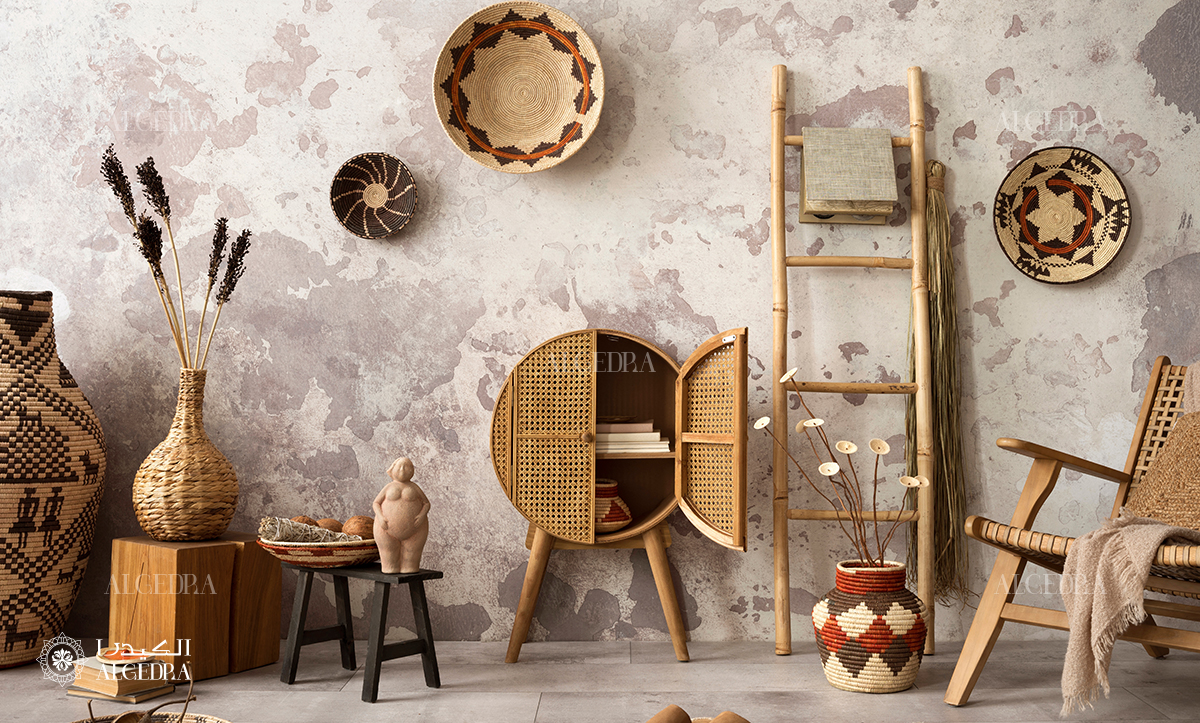
In Home Decor: Bamboo, with its pale hue and distinctive linear grain pattern, finds its place in modern minimalist homes. It's not only used for floorings but also for unique wall hangings, chic furniture, and even avant-garde wallpapers. The rise of the eco-conscious homeowner has made bamboo an interior favorite.
2. Oak: Echoes of Timeless Beauty
Oak, revered through ages, symbolizes durability, strength, and beauty. Its hues dance between light to medium browns and possess an unmissable grain pattern.
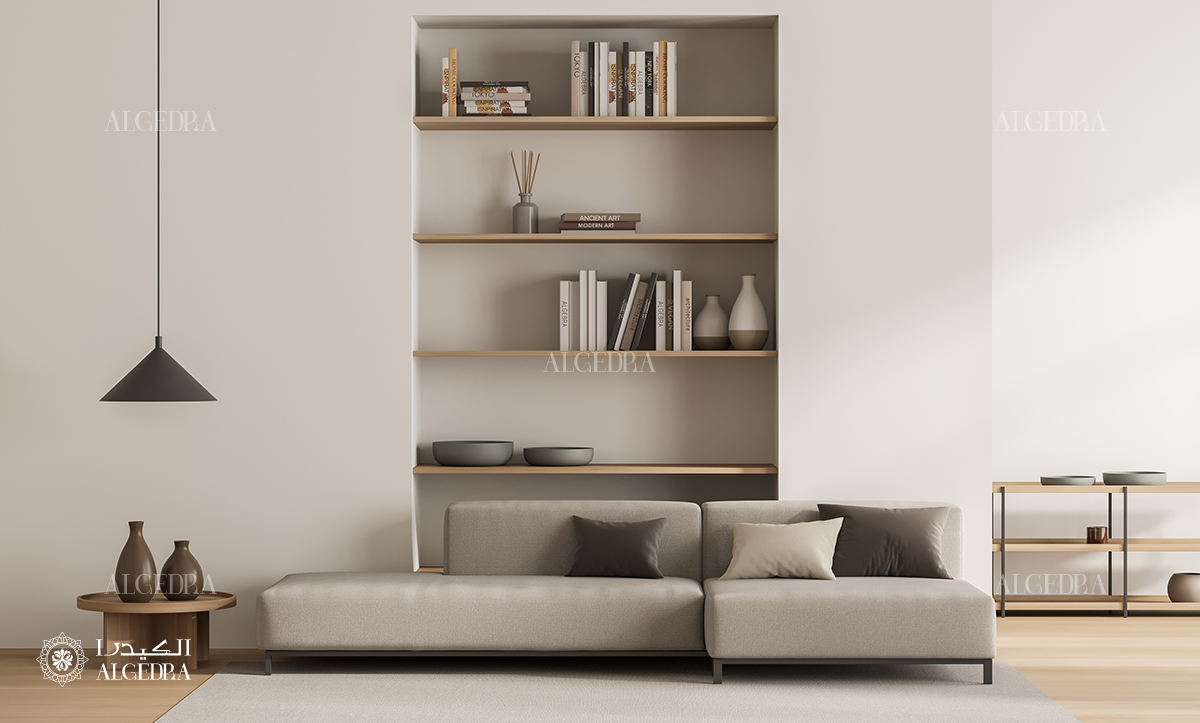
In Architecture and Design: Oak's long-standing relationship with home interiors traces back centuries. This wood breathes life into spaces, making it a staple for hardwood floors, hefty bookcases, and grand staircases. Its adaptability ensures it’s just as at home in a rustic farmhouse as it is in a downtown loft.
3. Maple: The Soft-spoken Sophisticate
The subdued charm of maple is its ticket to fame. With its consistent pale tone, fine grain, and versatility, maple is the darling of contemporary interiors.

In Furniture & Accessories: Being durable and resistant to wear, maple is a popular choice for furniture that experiences high use. Think of sturdy kitchen cabinets, sleek coffee tables, or even robust dining sets. Its uniform color allows designers to play with stains, ensuring the wood seamlessly blends with various palettes.
4. Walnut: The Epitome of Luxury
A mention of walnut wood evokes images of deep, dark, and luxurious tones. With hues of rich chocolate interspersed with lighter streaks, walnut is nothing short of visual poetry.

In Interior Spaces: Walnut’s inherent strength combined with its aesthetic appeal makes it a choice wood for heirloom furniture, statement-making accessories, and high-end interior panels. From elaborate bed frames to intricately carved wooden mirrors, walnut promises opulence.
5. Pine: A Whisper of the Countryside
Pine is the bridge between simplicity and beauty. Its light shade, often punctuated with unique knots, resonates with rustic charm.
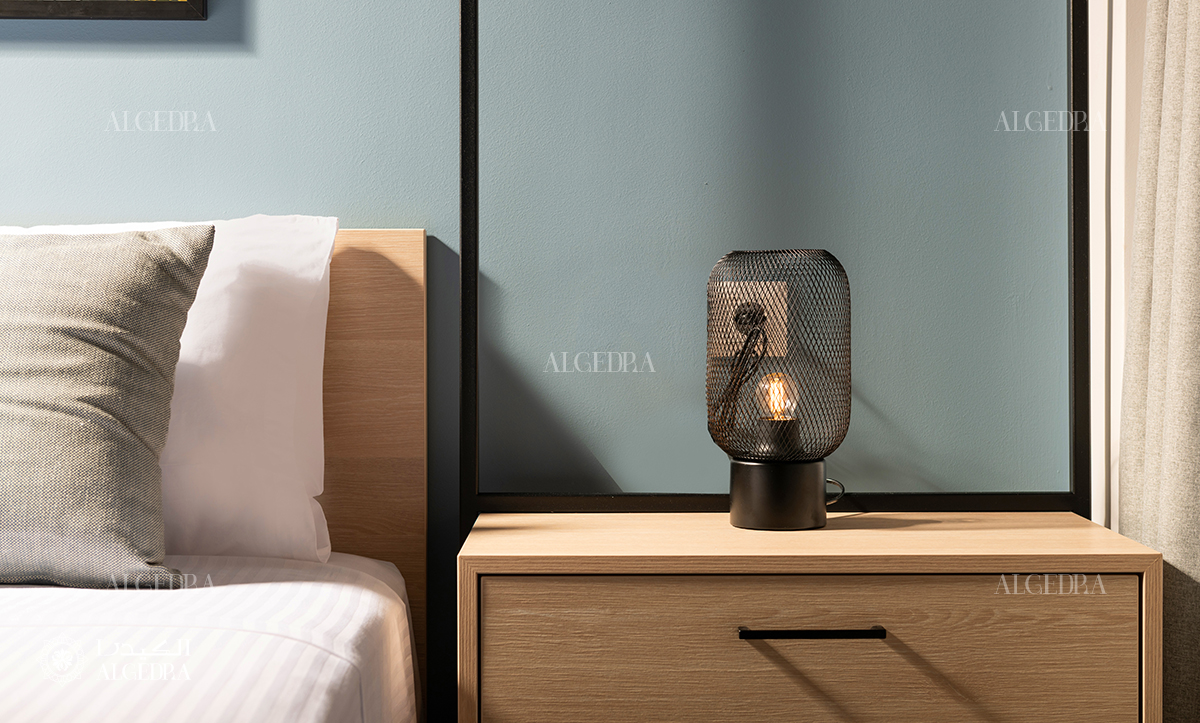
In Home Decor & Architecture: Its affordability and distinctive rustic appeal make pine the heart of country homes, log cabins, and coastal retreats. Be it in the form of knotty pine walls, farmhouse-style furniture, or even quaint ceiling beams, pine exudes an old-world charm.
6. Teak: The Resilient Exotic
Teak, known for its exceptional durability, is rich in natural oils. This not only gives it its distinct golden-brown hue but also ensures its resistance to moisture and pests.

In Architectural Elements: Originally a mainstay for outdoor furniture, teak's popularity has surged indoors. Modern bathrooms showcase teak countertops and bath mats. Kitchens feature teak cutting boards and countertops, and living spaces flaunt teak centerpieces, all bringing a slice of the tropics indoors.
7. Cherry: A Dance of Luster and Hue
Cherry wood, starting as a pinkish-brown, deepens to a reddish-brown with time. Its luster is a way to its enduring beauty.
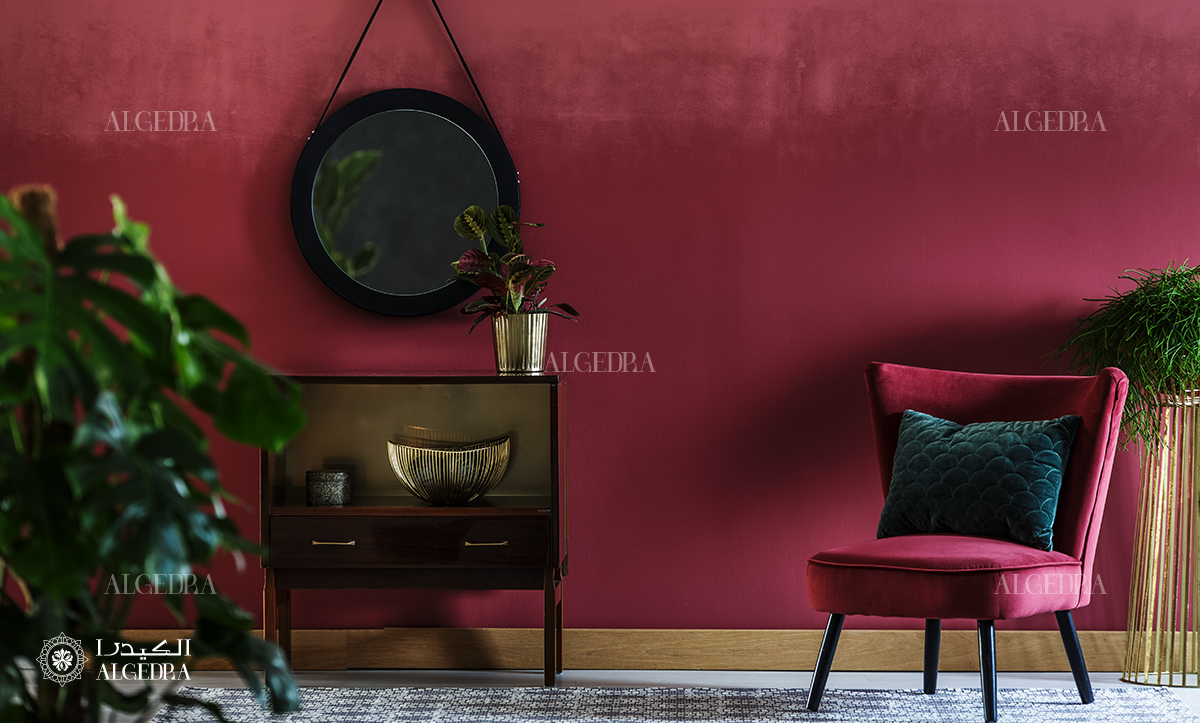
In Elegant Interiors: The sophistication of cherry wood makes it a preferred choice for spaces that spell luxury. Its gleaming surface becomes the canvas for designer furniture, intricate carvings, and ornamental accessories.
The Transformative Power of Wood
Wood, as an element, has a transformative effect on spaces. Its texture, grain, and hues add layers of depth, making rooms come alive. Architectural wonders have been carved in wood, from elaborate ceilings, intricate moldings, to aesthetic wall panels. Designers have exploited the diversity of wood textures to create interiors that reflect myriad themes – be it the rustic charm of a country home or the refined elegance of a modern apartment.
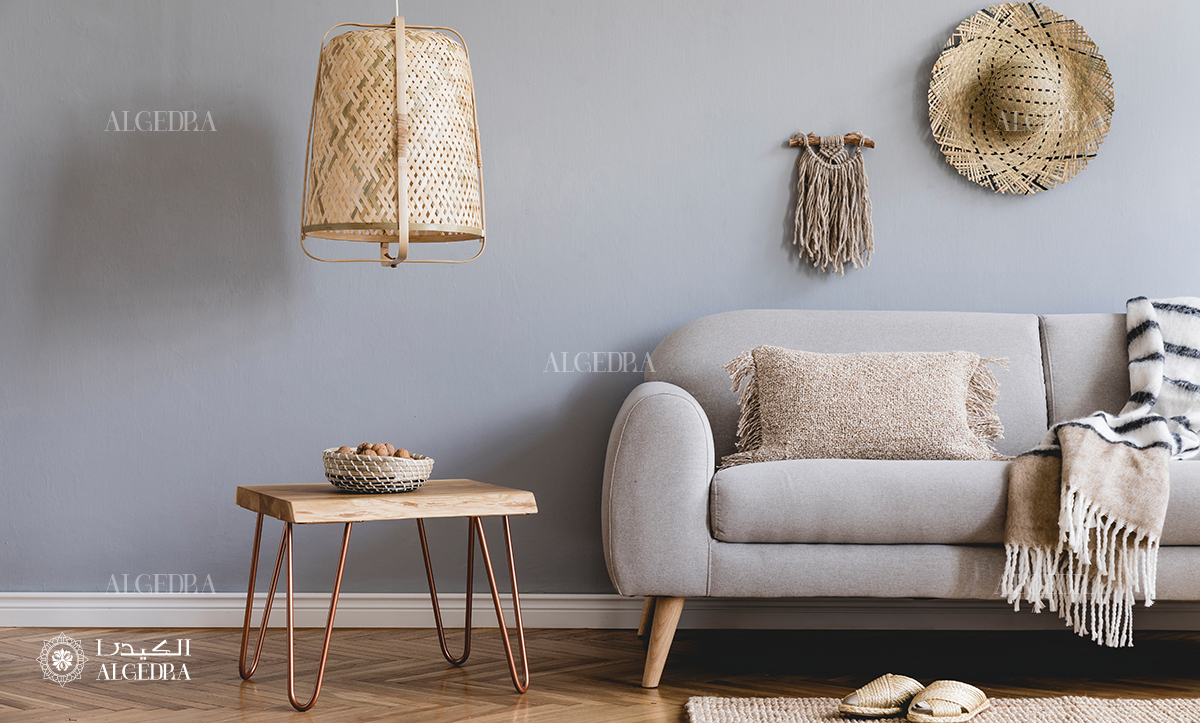
Furthermore, wooden accessories – beaded curtains, wall hangings, statues, and more, have found their way into homes, as people realize the serene ambiance wood brings. These pieces act as silent testimonies to craftsmanship, artistry, and nature's unending beauty.
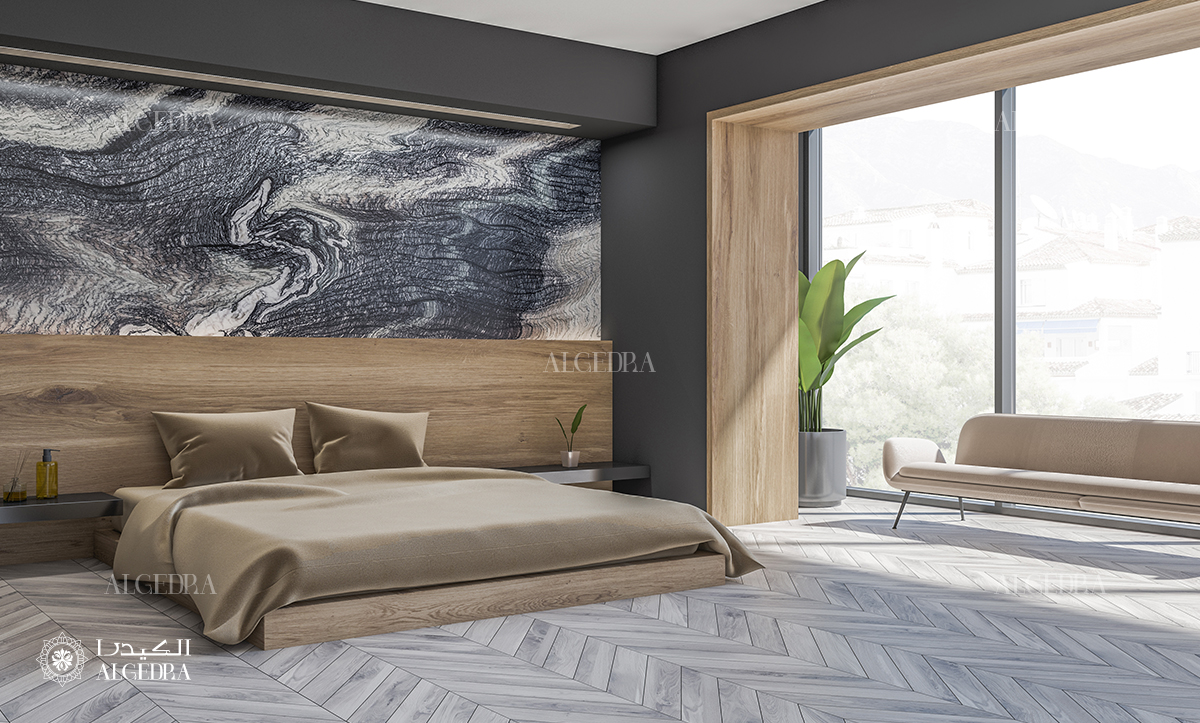
For furniture manufacturing, wood stands undefeated. Whether it's the grandeur of a walnut dining table, the elegance of a cherry wood vanity, or the eco-friendliness of a bamboo chair, each piece is made of with its distinctive touch.
Integration
When integrating wood into spaces, the key lies in balance. While a room dominated by dark walnut tones might seem overwhelming, balancing it with lighter furnishings or decor can create a harmonious space. Similarly, too much bamboo might make a room feel stark, but when complemented with textures like jute or silk, the result is a perfectly balanced space.
